- Home
- slideshows
- Play-by-play ISRO's GSAT-30 launch, from lift-off to reaching Earth's orbit
Play-by-play ISRO's GSAT-30 launch, from lift-off to reaching Earth's orbit
The GSAT 30 is a homegrown satellite by designed and manufactured by ISRO.

Once it was ready, it had to be shipped to Guiana Space Center in South America.
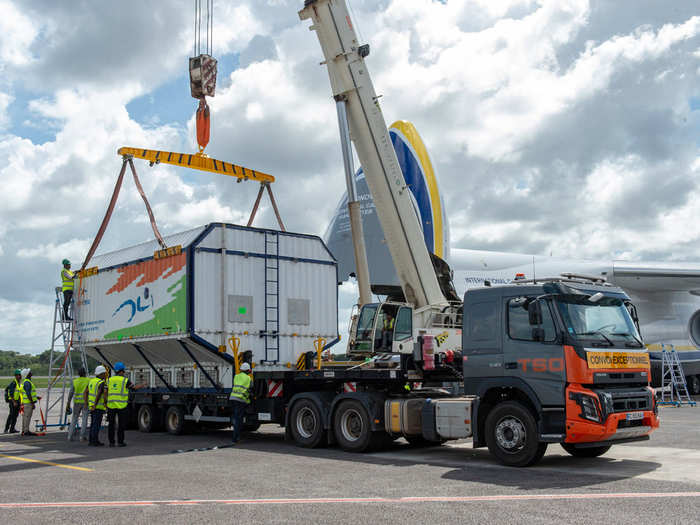
Source: ISRO
After reaching, Arianespace’s launch port last week, the GSAT 30 was fitted aboard the Ariane 5ECA rocket.
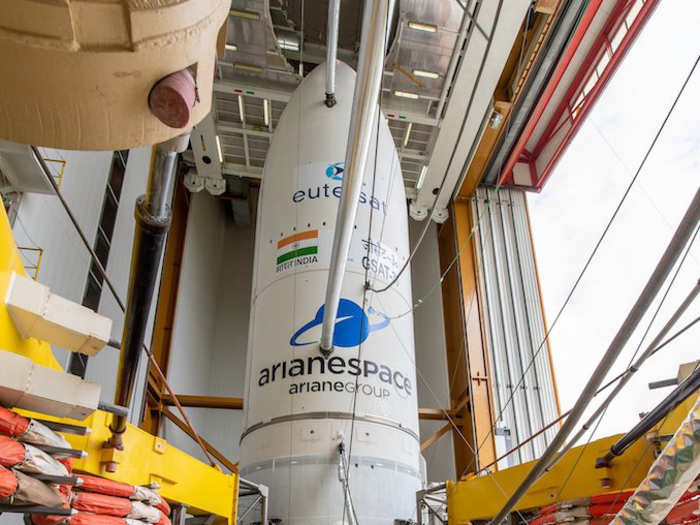
Source: ESA/CNES/Arianespace
On 16 January, the Ariane 5 rocket was docked on the launch pad as Arianespace conducted last-minute preparations.
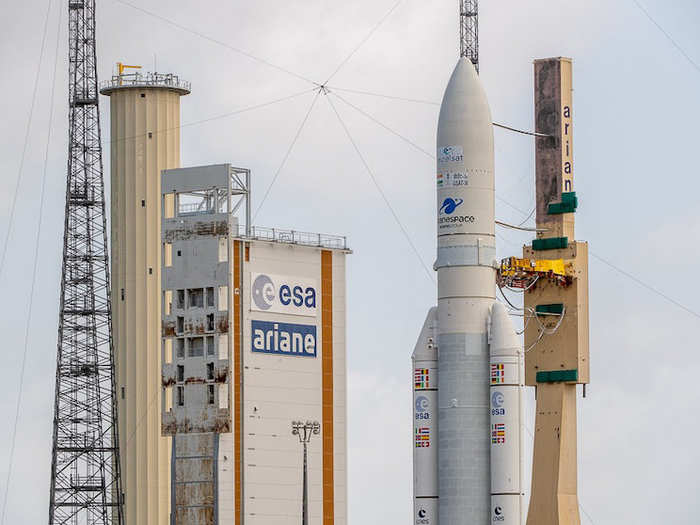
Source: ESA/CNES/Arianespace
The Guiana Space Center extends over 700 kilometres squares — about half the size of Delhi.
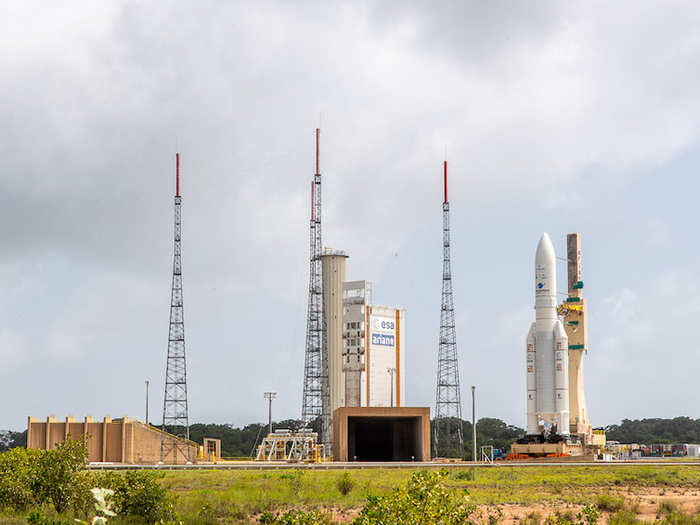
Source: ESA/CNES/Arianespace
At approximately 2:35am, Ariane 5ECA took off from the northern coast of South America in a fiery thrust.
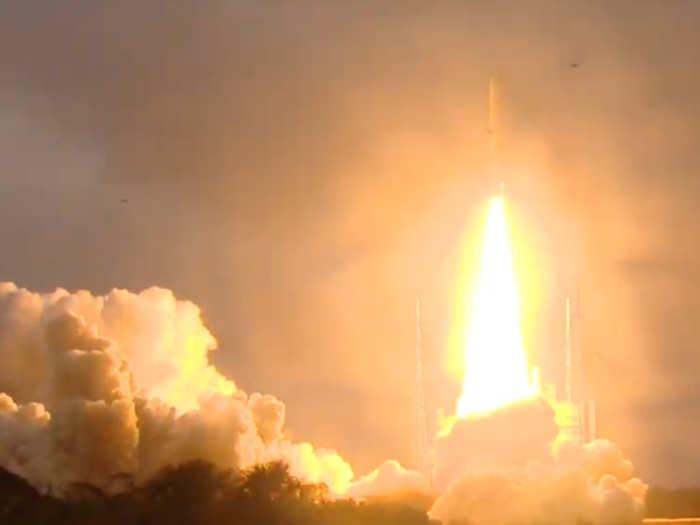
Source: ESA/CNES/Arianespace
It blazed a trail across the equatorial sky coming out on the other side of the clouds.

Source: ESA/CNES/Arianespace
Powering its way into space, Ariane 5 broke the sound barrier and was travelling at Mach 1 one minute into the launch.
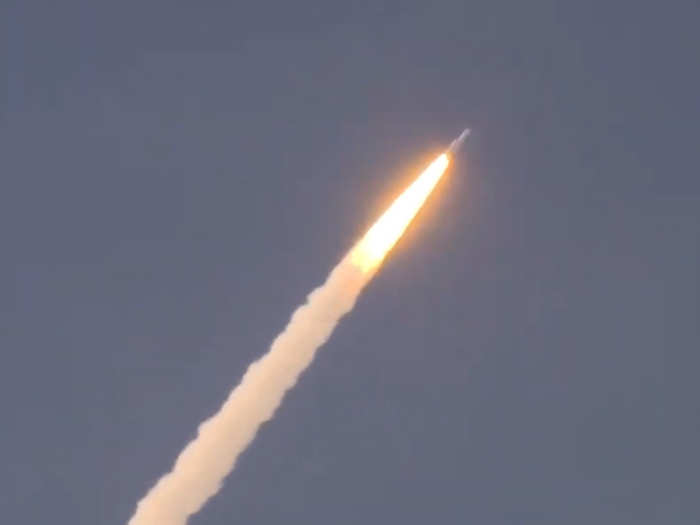
Source: ESA/CNES/Arianespace
Two minutes after lift-off, the rocket’s boosters ran out of propellant — detaching and falling away 70 kilometres above the Earth’s surface. The main stage Vulcan engine now kicked into gear.
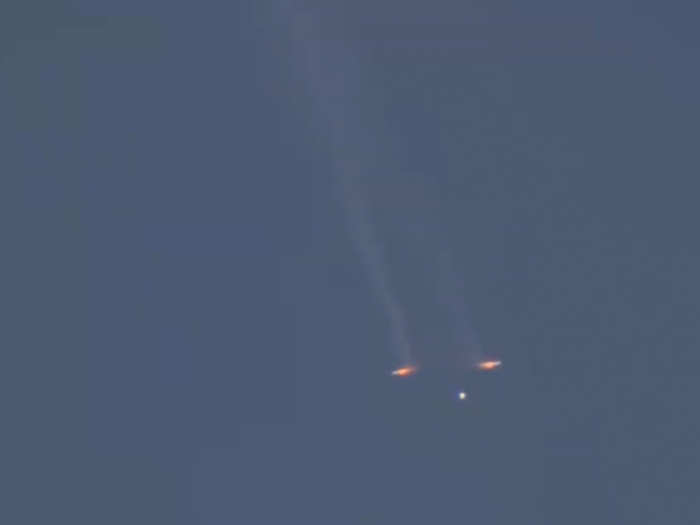
Source: ESA/CNES/Arianespace
Ariane 5 lost three-quarters on its weight in just over two minutes — the lighter it is, the faster it will fly.
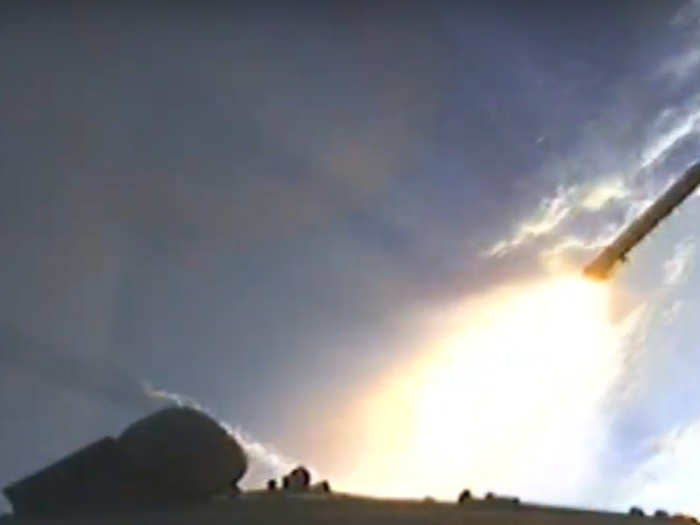
Source: ESA/CNES/Arianespace
Once the rocket was 215 kilometres high, the main engine separated from the main body. The Ariane 5 was now using the upper stage HM7B engine to propel itself.
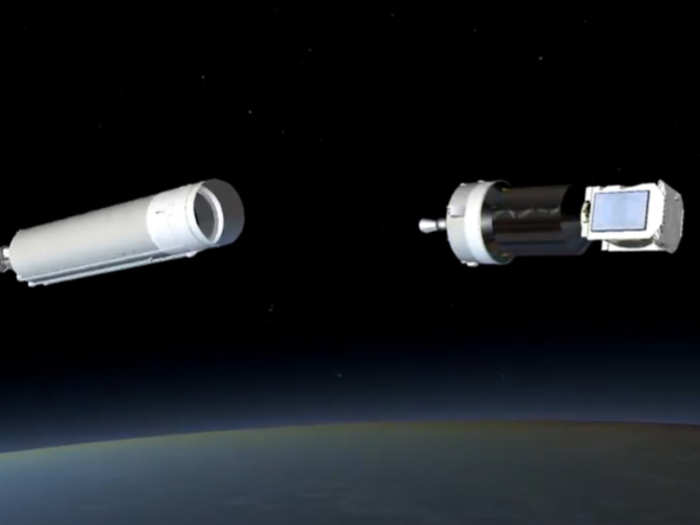
Source: ESA/CNES/Arianespace
With four minutes left for the upper stage engine, ground operators signalled with a ‘thumbs up’ that all was going well.
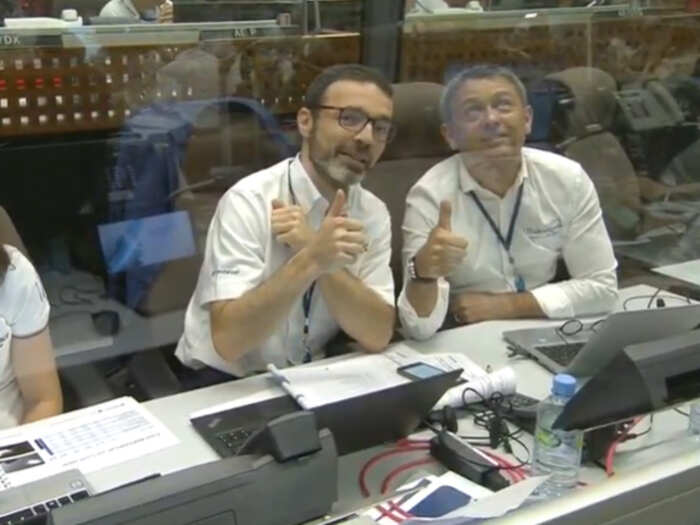
Source: ESA/CNES/Arianespace
After another 16 minutes, the cut-off command was sent to the engine once Ariane 5 was in the correct orientation.
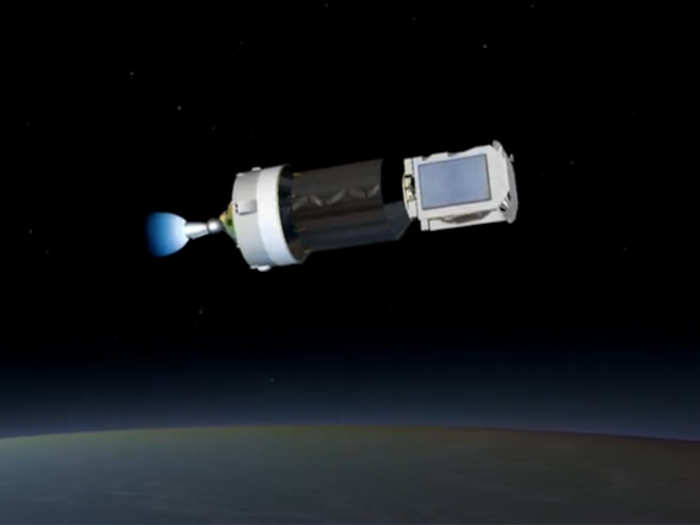
Source: ESA/CNES/Arianespace
Once the upper stage engine burnt out, Ariane 5 was in the ‘ballistic stage’ where it has to move around using its own momentum.
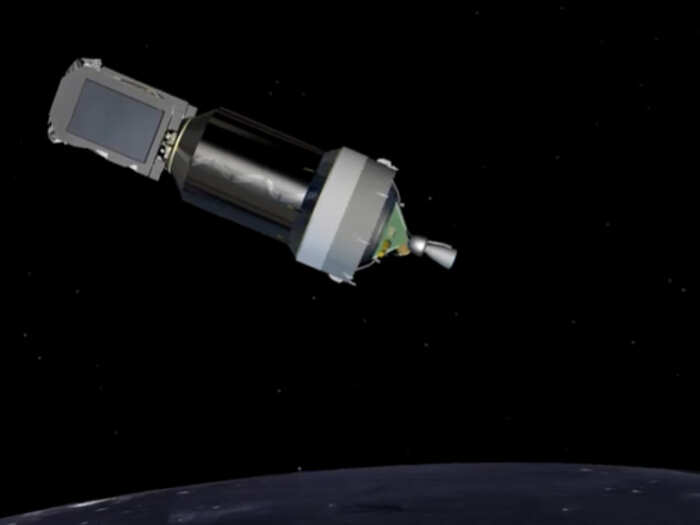
Source: ESA/CNES/Arianespace
After coasting for two minutes, the first payload — GSAT 30’s fellow passenger the Eutelsat Konnect satellite — was deployed at an altitude of 1000 kilometres.
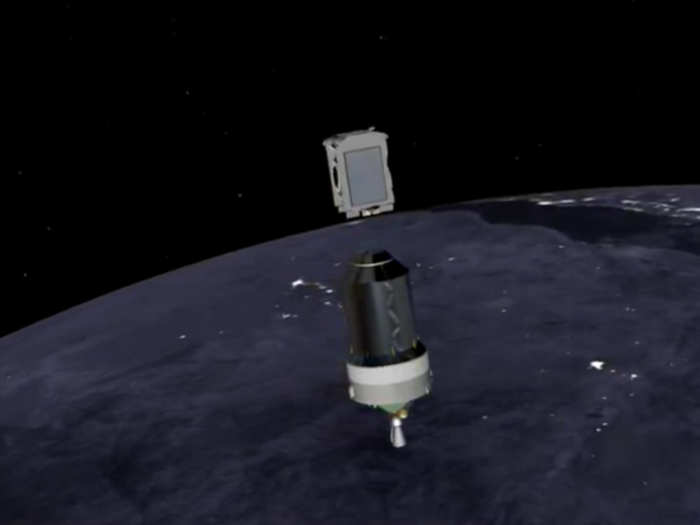
Source: ESA/CNES/Arianespace
GSAT 30, however, was still inside SYLDA — a layer of protection for the satellite in the lower position.
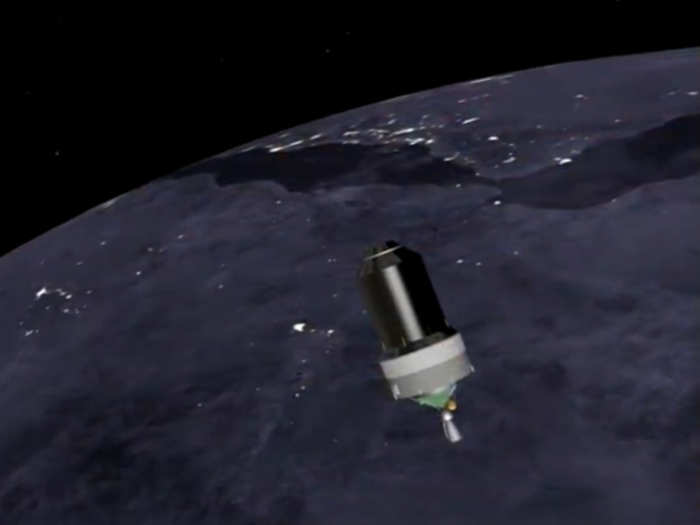
Source: ESA/CNES/Arianespace
Flying over the Pacific Ocean, along the eastern end of Africa, SLYDA separated from Ariane 5, 29 minutes into the launch.
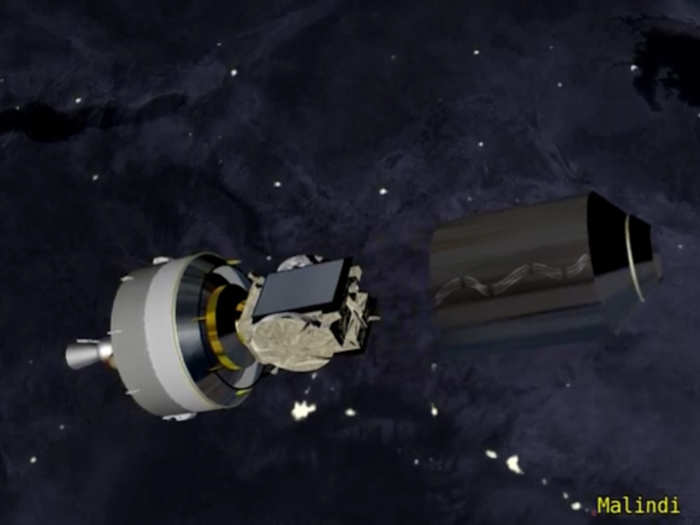
Source: ESA/CNES/Arianespace
Ariane 5 then had to undergo another set of manoeuvres to position itself correctly to launch GSAT 30.
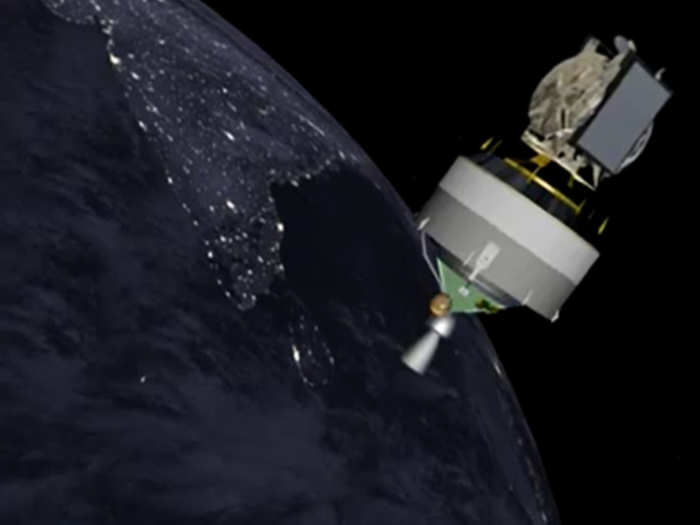
Source: ESA/CNES/Arianespace
After a cumulative 38 minutes, GSAT 30 separated from the main spacecraft and launched into geosynchronous transitory orbit (GTO).
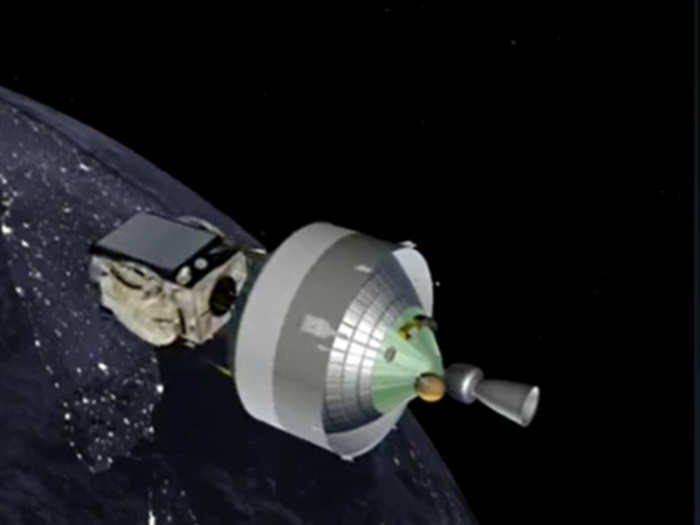
Source: ESA/CNES/Arianespace
READ MORE ARTICLES ON
Popular Right Now
Advertisement